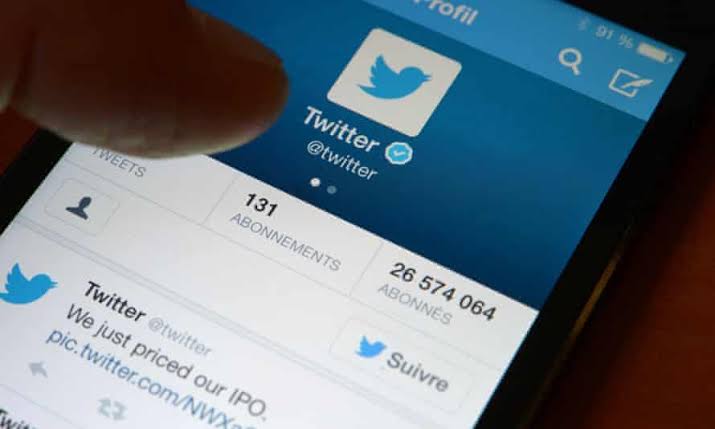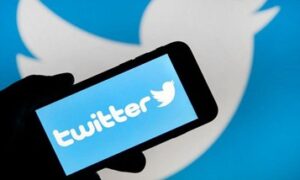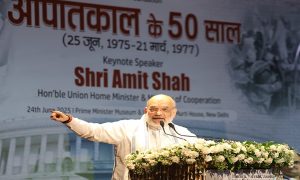“We delivered record revenue of $1.29 billion in Q4, up 28% year over year, reflecting better-than-expected performance across all major products an geographies,” Ned Segal, Twitter’s chief financial officer, said in a statement announcing the results.
In a letter to shareholders, Twitter said the significant pandemic-related surge in users last year created challenges for future gains. Twitter’s advertising business benefitted from new ad formats and improved targeting, Chief Financial Officer Ned Segal said in the earnings release.
Total revenue came in at a record $1.29 billion, an increase of 28% year over year. Ad revenue was $1.15 billion, up 31% from the same period a year ago. Analysts on average were expecting revenue of $1.19 billion, with ad sales totalling $1.05 billion.
The social media company, which beat quarterly sales and profit estimates, said expenses would rise 25% or more in 2021 but projected that total revenue would grow faster than costs. In the fourth quarter, Twitter said it had 192 million average monetizable daily active users (mDAU) – its term for the number of daily users who can view ads.
Analysts were expecting 196.5 million, according to IBES data from Refinitiv. Twitter said user growth was driven by product improvements and more global conversation from events like the COVID- 19 pandemic and the U.S. election. Some temporary changes to reduce misinformation around the U.S. election had a small negative impact on global user growth, it said.
Monetizable daily active users (MDAUS), a key indicator of Twitter’s reach and its appeal to advertisers, improved 27%, year- over-year, to 192 million.
Yet it fell short of the 193.5 million expected by analysts polled by FactSet, creating angst among investors. The growth of MDAUS is significant in the wake of former President Donald Trump’s ouster last month from the microblogging platform, where he commanded one of its largest followings (nearly 89 million).
The social media company has been in the spotlight amid global debates over what is allowed on the site – from its ban on former U.S. President Donald Trump to its recent refusal to comply with an Indian government directive to block accounts linked to the farmers’ protest.




























 WhatsApp us
WhatsApp us